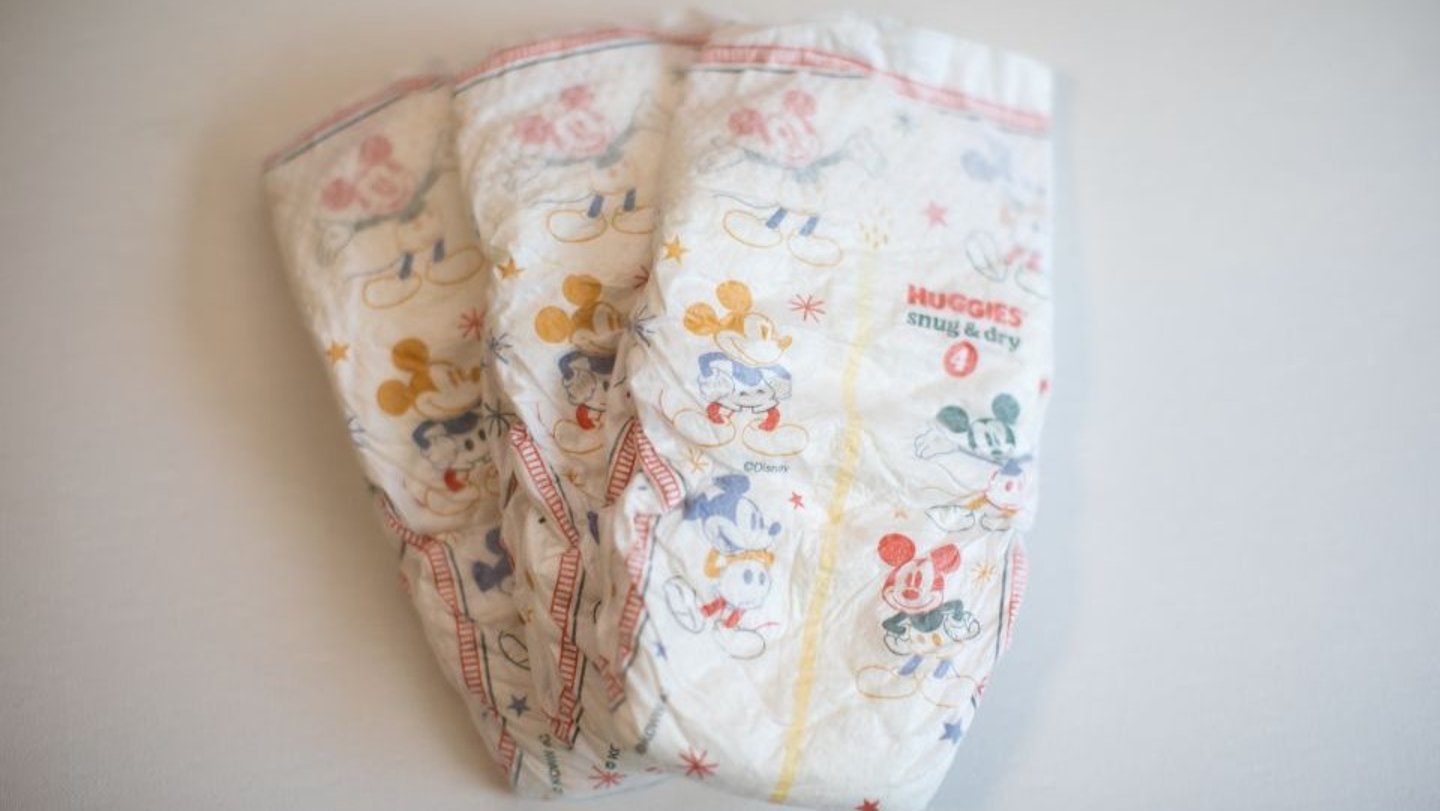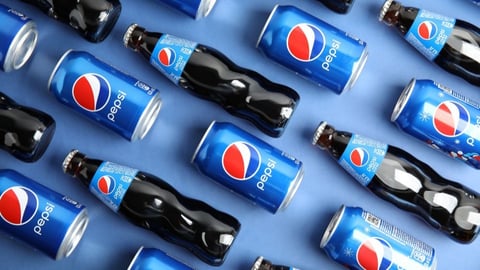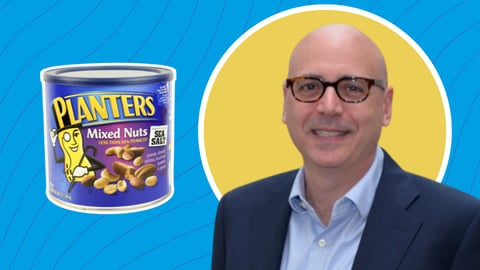Kimberly-Clark Optimizing Collaborative Supply Chain Amid Costly Tariff Environment
Kimberly-Clark is moving forward with enterprise supply chain initiatives to help offset tariff-related cost increases and maintain long-term growth.
The company’s CEO Mike Hsu said during recent earnings conversations that it can expect greater costs across its global supply chain. For 2025 alone, Kimberly-Clark estimates it will incur $300 million in additional expenses due to changes in the international tariff environment.
Some are likely to be passed down via pricing, as Hsu stated that it’s reasonable to expect economic pressure, especially on value-conscious consumers, to escalate.
“If you look at the kind of impacts on costs that are going to be hitting the average consumer in the U.S., I think budgets are going to be tight,” he said, adding that affordability will be a core strategy.
As a result, the company said it will adjust its sourcing, manufacturing and distribution operations to mitigate much of the costs.
Kimberly-Clark’s Supply Chain Landscape
The majority of what Kimberly-Clark sells in the U.S. is sourced and made locally, said CFO Nelson Urdaneta during the recent earnings call.
In terms of raw materials and finished goods, combined exposure to China, Mexico and Canada is just less, or around, 10% of its total cost of goods. Factoring in raw materials and finished goods imports for its U.S. business, 80% of total costs in the U.S. are U.S.-based. Therefore, only 20% of its U.S. costs are exposed to tariffs.
Over the last 20 days, the company has had to reflect on cost impacts on three fronts, per Urdaneta:
- Aggregate U.S. tariffs on China of 145%, which drive about two-thirds of the $300 million gross impact. This is largely on finished goods.
- U.S. reciprocal tariffs: About 10% have been put in place on other countries Kimberly-Clark sources from. This represents about 10% of the $300 million impact.
- Retaliatory tariffs announced by other countries on the U.S. represent around 25% of the $300 million.
Editor’s note: This information was shared on April 22 at 8:30 a.m. Due to the swiftly changing nature of the tariff conversation, these numbers may have changed since publishing.
Banking on Agility To Navigate Disruption
The company is on track to generate approximately $200 million of SG&A savings from an ongoing corporate reorganization that streamlines capabilities and optimizes the company’s portfolio.
Hsu said the “newly wired matrix” will be critical to helping Kimberly-Clark move faster as it looks to adapt its global supply chain in response to the tariff situation.
This includes exiting a major private label diaper business, increasing collaboration across global R&D and supply chain teams, and tapping into more advanced product technologies and manufacturing processes.
Huggies Snug & Dry: A Collaborative Supply Chain Play
For Kimberly-Clark’s new Huggies Snug & Dry innovation, the company jointly worked with teams from North America and China, and global supply chain and R&D teams to re-optimize supply chain flows and achieve its shortest time to launch yet for a new product in its U.S. business.
It hopes to use this process as a roadmap for all future diaper innovations and as a way to introduce more agility into its supply chain to better navigate volatility.
Investments in its supply chain will also include value stream simplification, network optimization for its global systems — with particular focus on North America — and scalable automation. Benefits such as increased productivity and growing advertising and commercial capabilities are expected to begin in 2025.
Also read: Kimberly-Clark's supply chain overhaul includes accelerating robotics
The $300 million in tariff-driven costs is higher than previously anticipated, but Kimberly-Clark is being tactical about mitigating many of these costs by switching sourcing rather than hitting price levers and exacerbating affordability issues. The approach, said Hsu, can take time, “because we don't have everything where we need exactly where we need it now.”
“That's why there's a hit to this year, which we think we will mitigate into next year or the year after,” he added.






